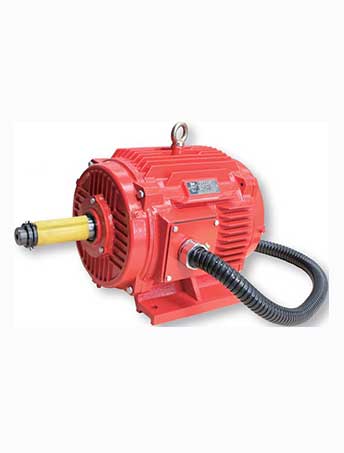
The speed regulating motor is a kind of motor that changes the speed of the motor by changing the series, voltage, current, frequency, etc., so that the motor can achieve higher performance.
Due to the strict correspondence between the speed of the motor the power supply frequency, the speed accuracy of the motor mainly depends on the accuracy of the frequency of the output power supply of the inverter, the control system is simple, the speed of multiple motors controlled by a frequency converter is consistent with that of multiple motors, there is no need for closed-loop control of the optical encoder. The common point between them is that an independent forced cooling fan is attached to adapt to the efficient heat dissipation of the motor at low speed reduce the wind friction of the motor at high speed.
The commonly used speed regulation methods of speed regulation motors are coupler speed regulation voltage regulation speed regulation, so which speed regulation method is better for speed regulation motors? Let's first understand the characteristics of the two speed regulation modes:
In the working process of the coupler speed regulating motor, changing the liquid filling rate can change the turbine speed of the coupler to achieve stepless speed regulation, which is characterized by:
1, the power adaptation range is large, can meet the needs of different power tens of kilowatts to thousands of kilowatts;
2, simple structure, reliable work, convenient use maintenance, low cost;
3, small size, can accommodate large;
4, easy to control adjust, easy to achieve automatic control.
5, this method is suitable for fan, water pump speed regulation.
The characteristics of voltage regulating speed regulating motor are:
1, the voltage regulation speed control line is simple, easy to achieve automatic control;
2. The transfer difference power in the voltage regulation process is consumed in the rotor resistance in the form of heat, the efficiency is low.
3, pressure regulation speed is generally suitable for 100KW below the production machinery.
